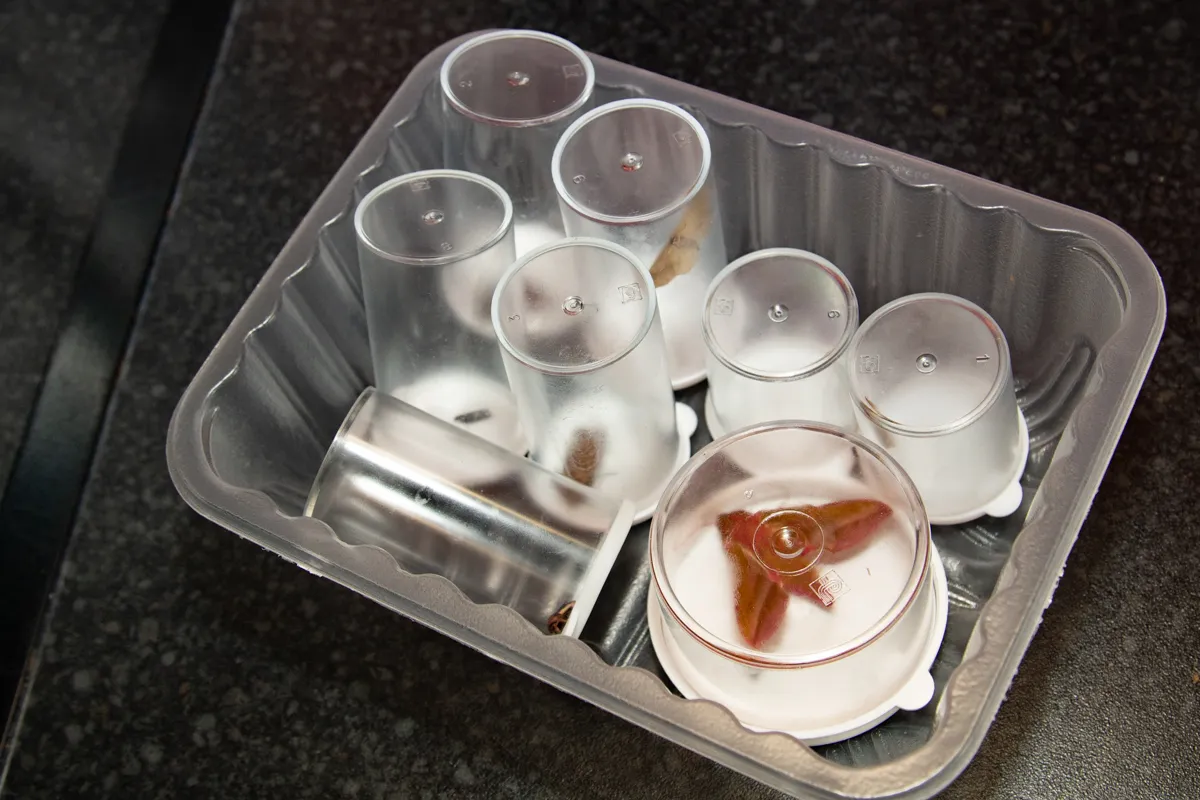This is Part Two in a series of articles looking into Moth Trapping for recording purposes, Part 1 dealt with setting up the trap ready for the session, which you can read about Here
Now that we are all setup, and the sun has finally set (about 9:45 at this time of year) we are ready to go.
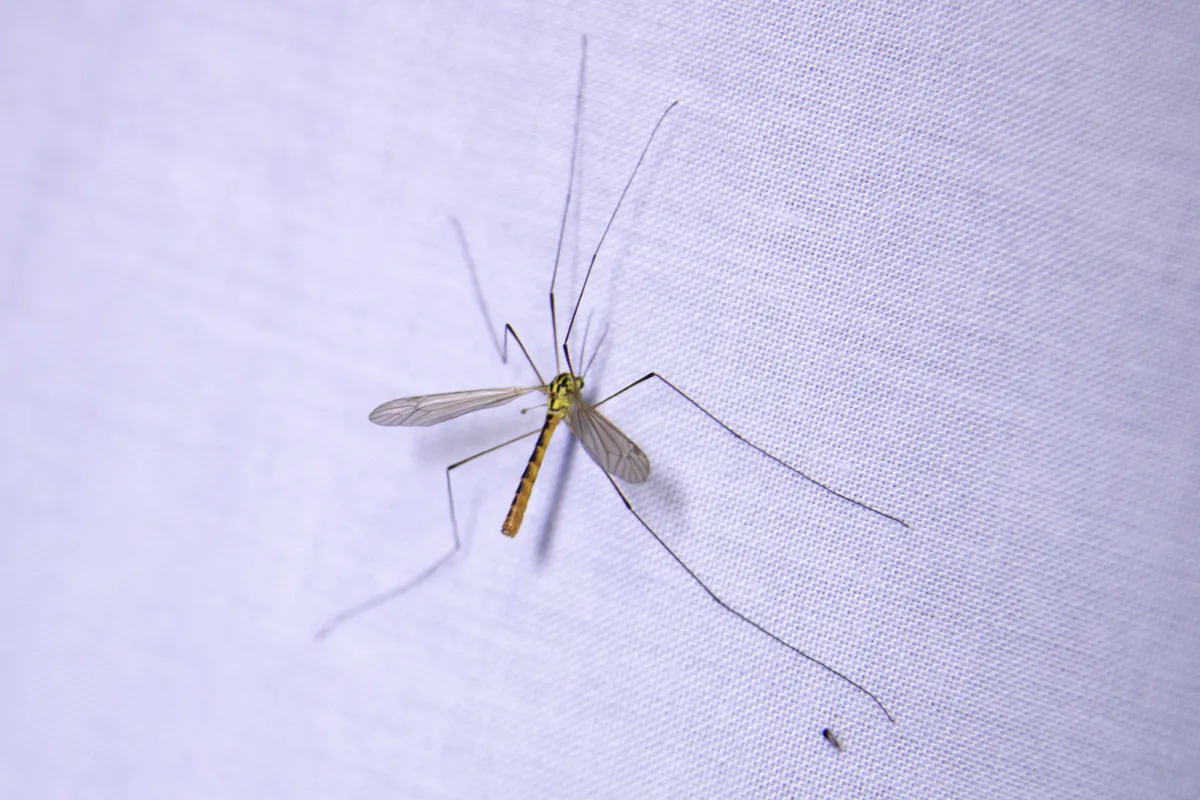
First to arrive are the flies and caddisflies, which is a good sign as they only really fly in good weather conditions. This is one of the Crane Flies (something like a Tipula sp I think). While I am looking for moths, I will still record any other species of invertebrate that appears...
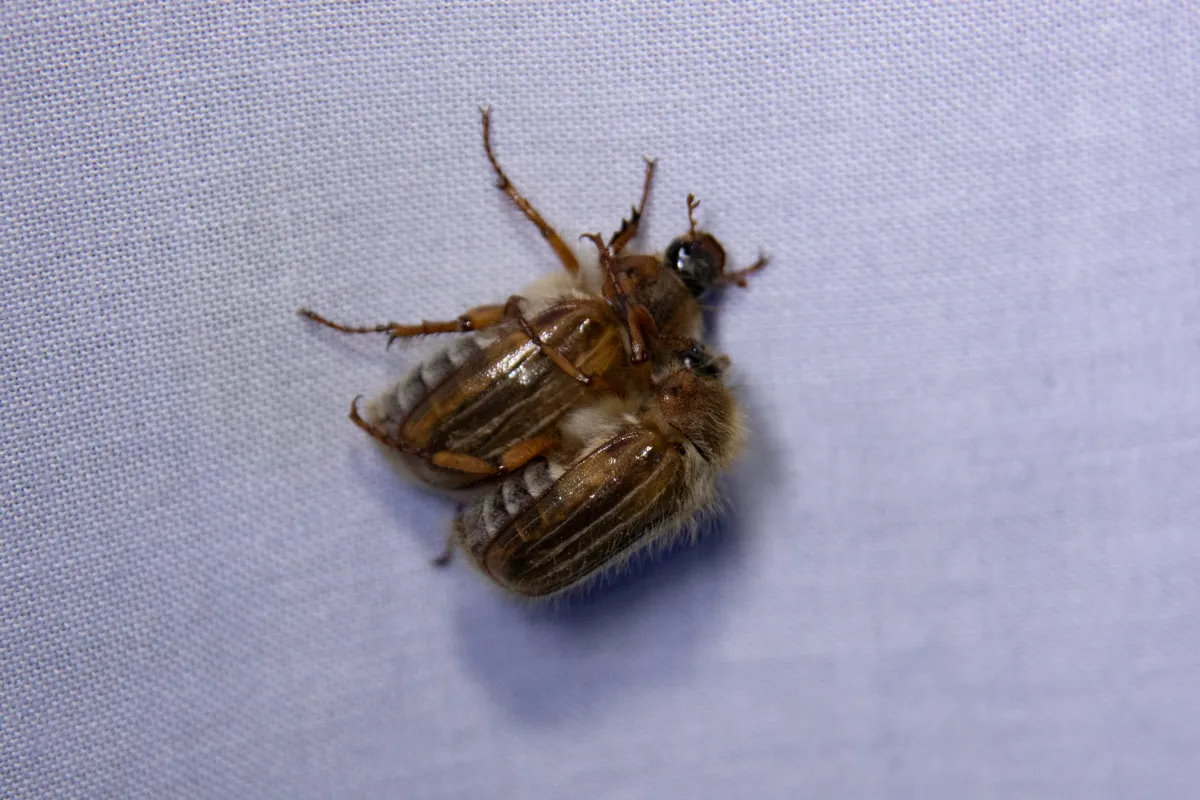
... including this pair of Summer Chafer Beetles (Amphimallon solstitialis) who were...um...quite busy!
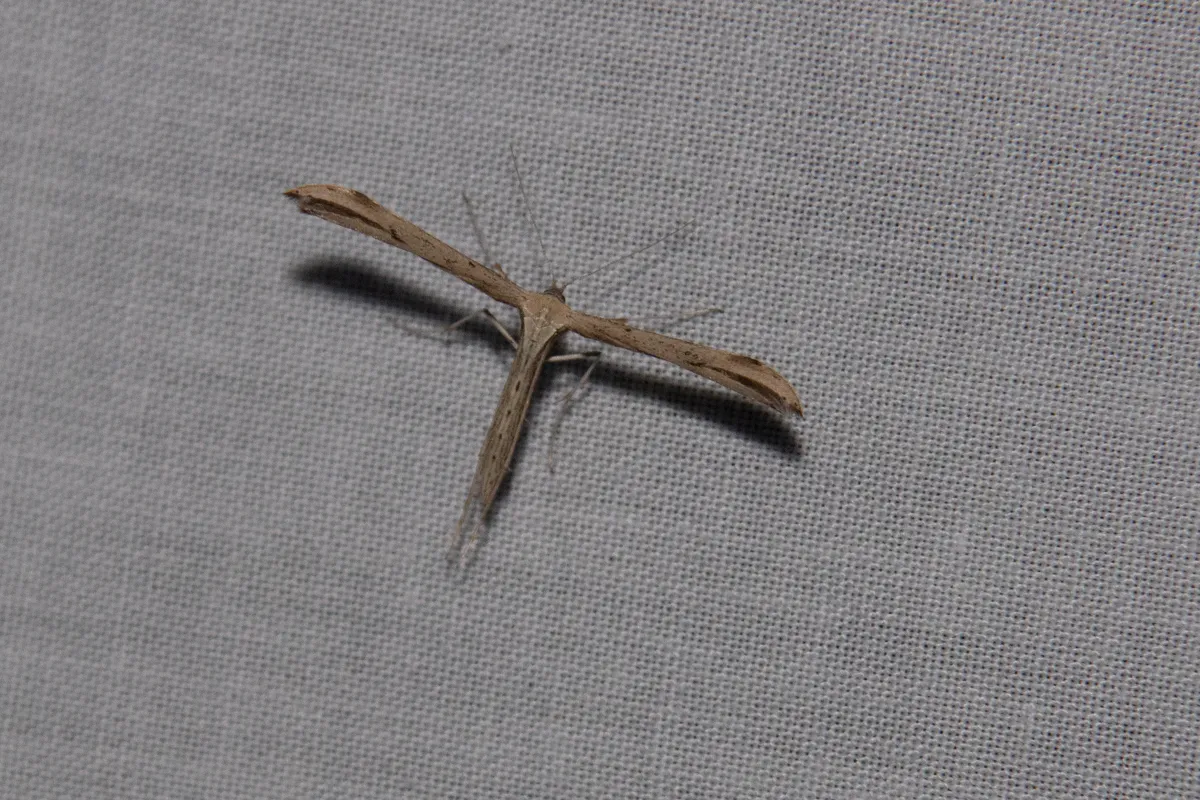
And some moths start appearing. This distinctive looking Tishaped moth is a Common Plume, one of several I have already seen this year. I am confident with the ID so I add him straight to the spreadsheet.
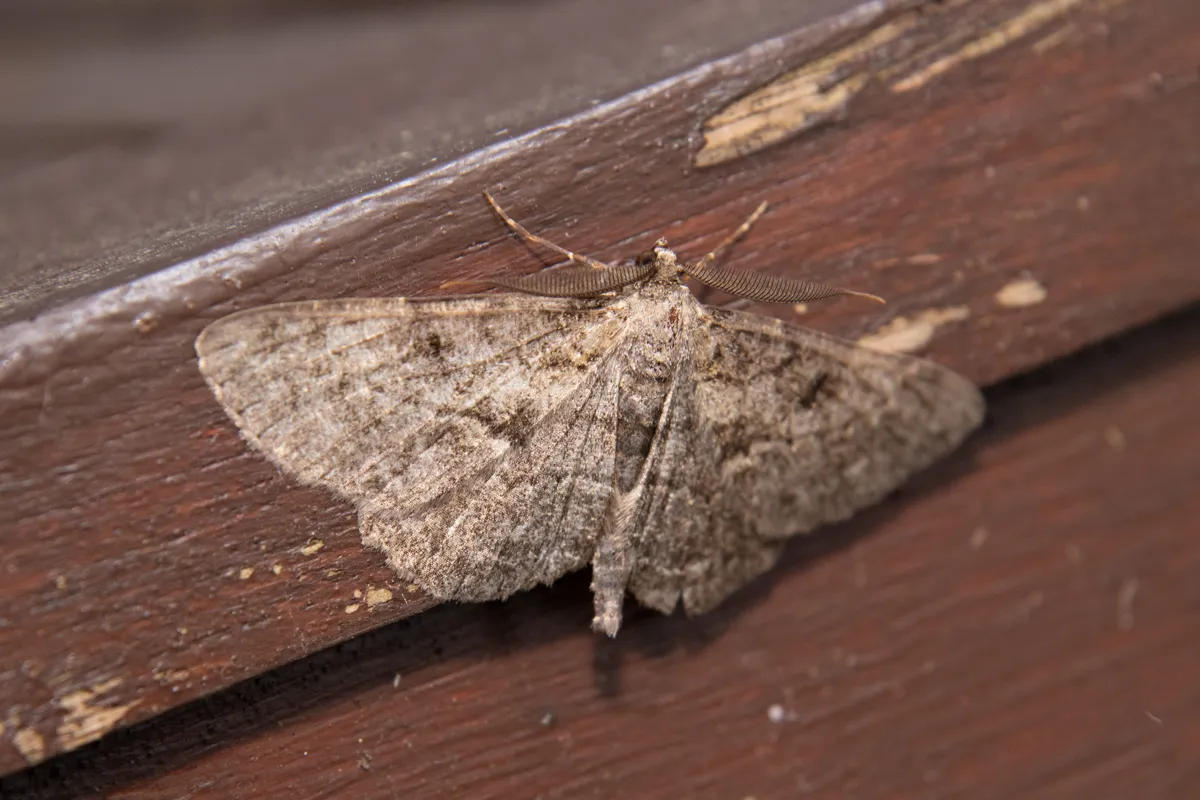
And another moth! This looks like a Willow Beauty (Peribatodes), but there are several similar species, so I'll pot this one and have a better look in the morning. Which reminds me, I need to mention the use of pots while trapping...
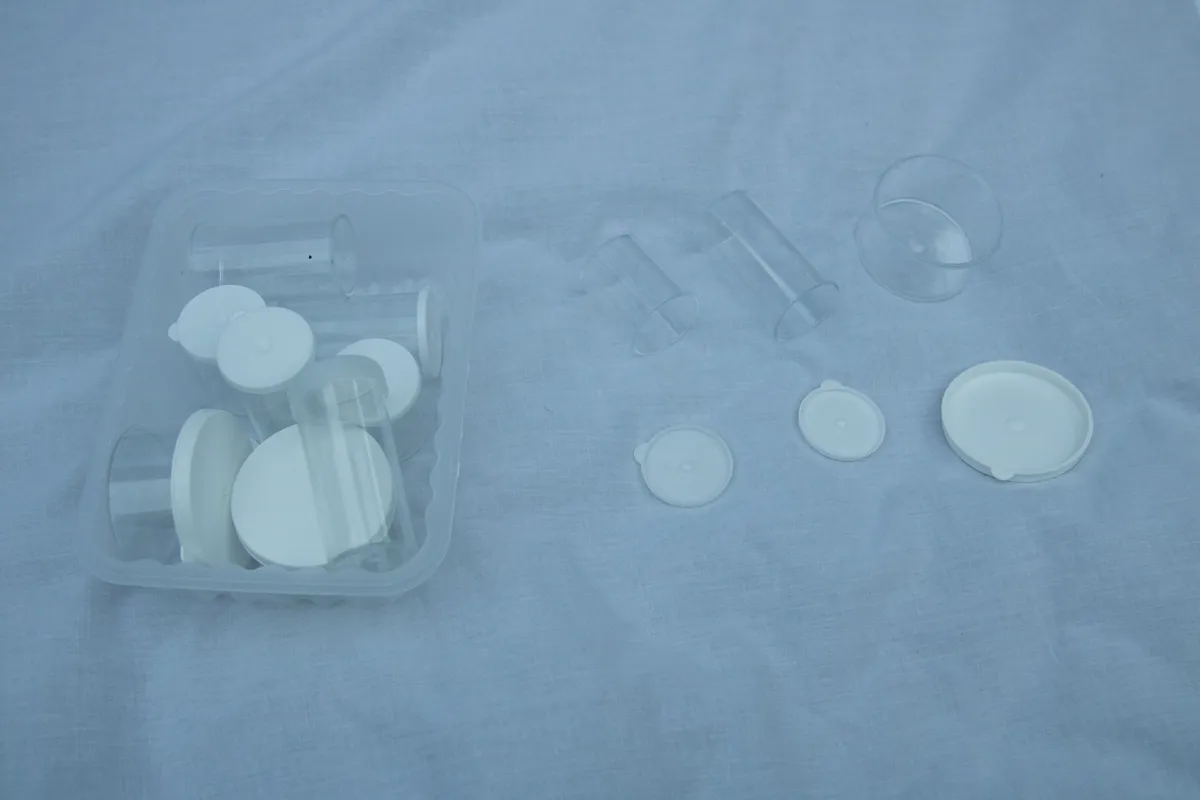
While some moths are easy to identify (ID) lots of species are much harder to ID. This means need get a closer look at them, and this is easier to do the following morning. Therefore any that I cannot name straight away will be placed into the Fridge over night. It might sound cruel, but it is actually for the moths benefit. The cool temps of the fridge, will slow the moths down, meaning that they don’t waste their energy flapping all night and therefore they damage themselves banging around in pots.
This technique is most useful while trapping in summer, in winter it can often be 1C or 2C at night which is actually colder than the fridge, which makes this technique pointless. Some Winter Moths have been known to fly in temps of -3C. So the cold doesn’t hurt them.
Some of the moth trappers I know will use the freezer for a few seconds to calm the moths down, although in my opinion it is a method that is too risky, and a very real chance of the moth dying, so I refuse to go that far.
Enough waffling, I can see some more moths out there now!
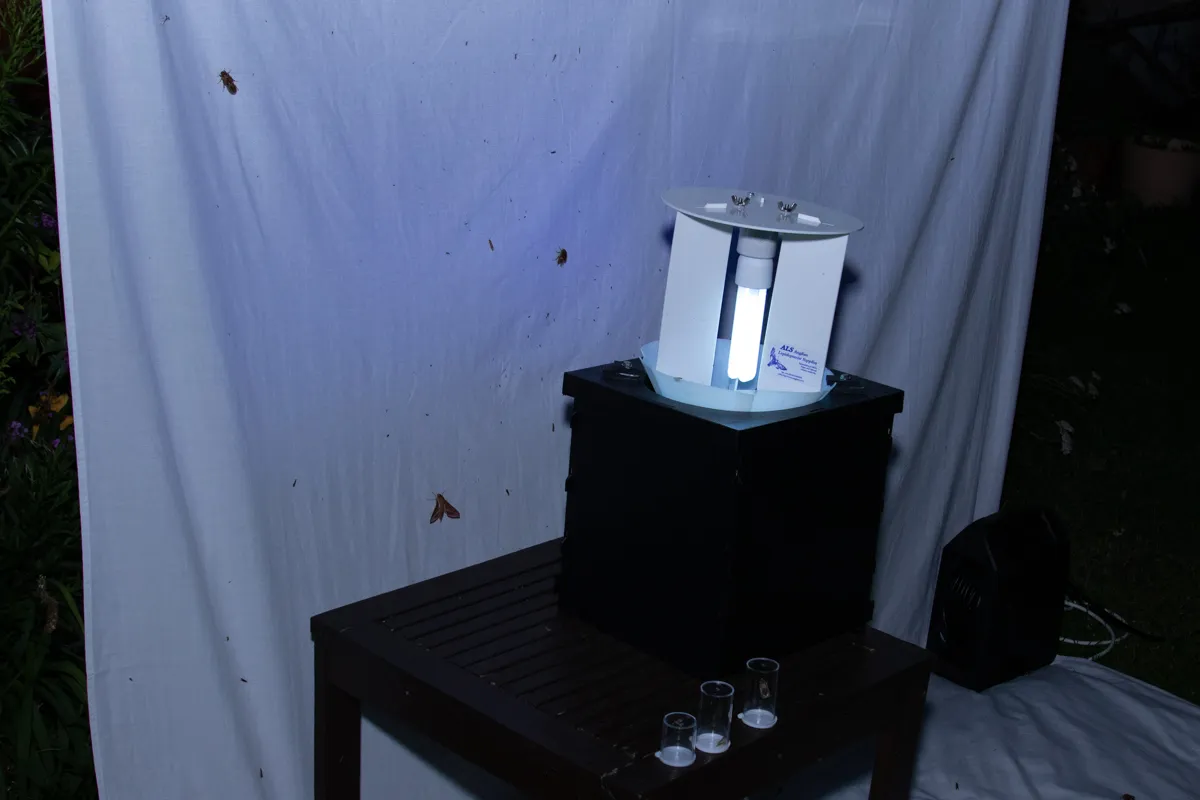
Wait a minute! Is that what I think it is?
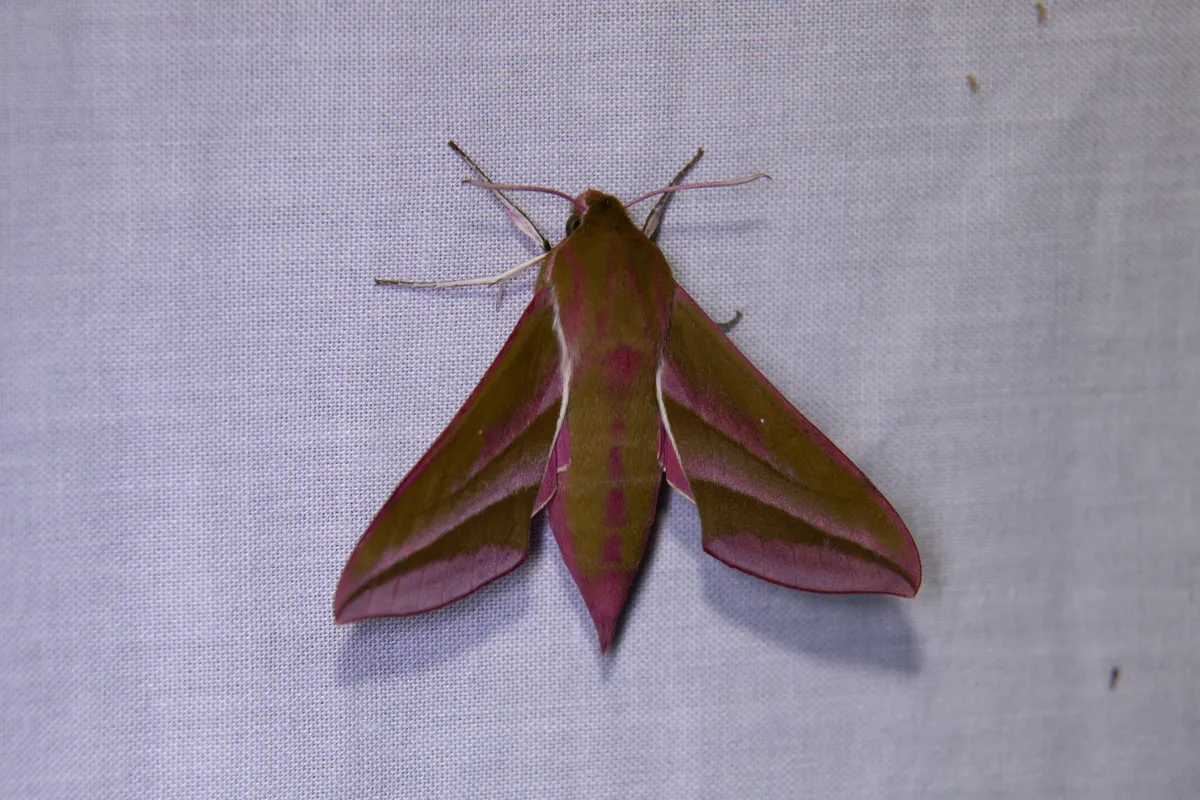
Yes it is! This is an Elephant Hawkmoth Deilephila elpenor. These are amazing to see, and whenever someone tells me moths are boring, I always so them this one. The bright green and flamboyant pink colours would put most butterflies to shame.
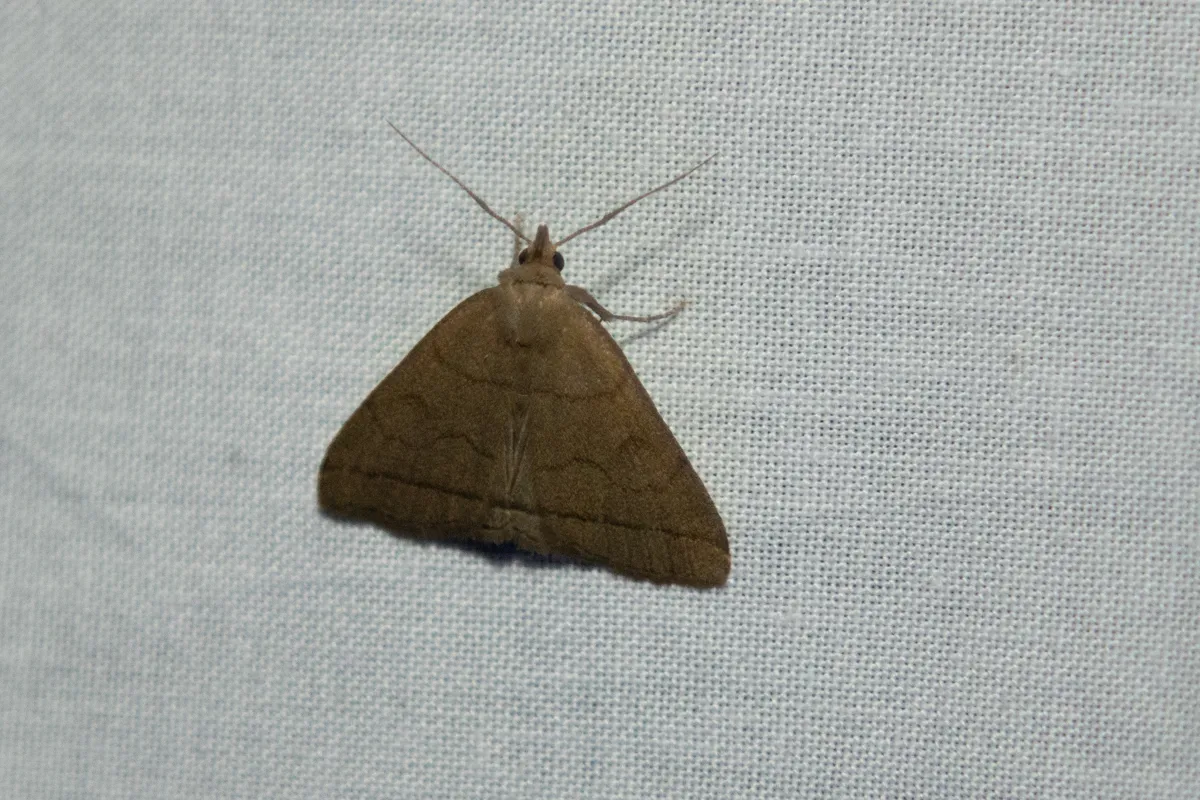
What else do we have? Ah yes here is a Fan-foot Herminia tarsipennalis...
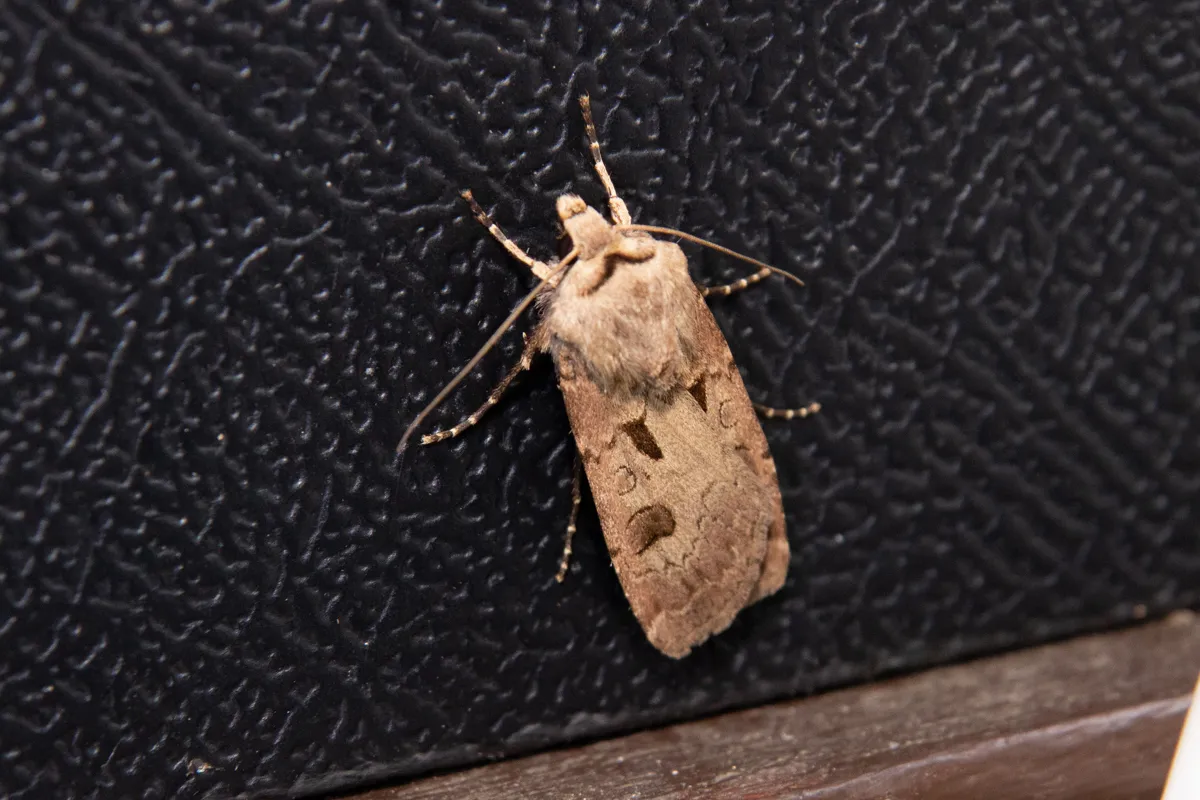
... and then a Heart & Dart Agrotis exclamationis. Both of these moths are easy to ID, so I put them straight into the spreadsheet.
Comming to the end of the session now. Some moth trappers will go to bed reasonably early, and then get up before first light the following day to inspect the trap. I do it differently, staying up until 2pm and then turning everything off.
I wanted to share a picture of the process of turning the trap off, but unfortunately some really heavy rain started at midnight. Having already caught a few interesting moths, I decided to call it off then and bring the trap in.
After a frantic and very wet 15 minutes, I have got everything inside, and put any moths found in pots in the fridge. I headed off to bed and will start on books in the morning, which you will see in Part 3.
